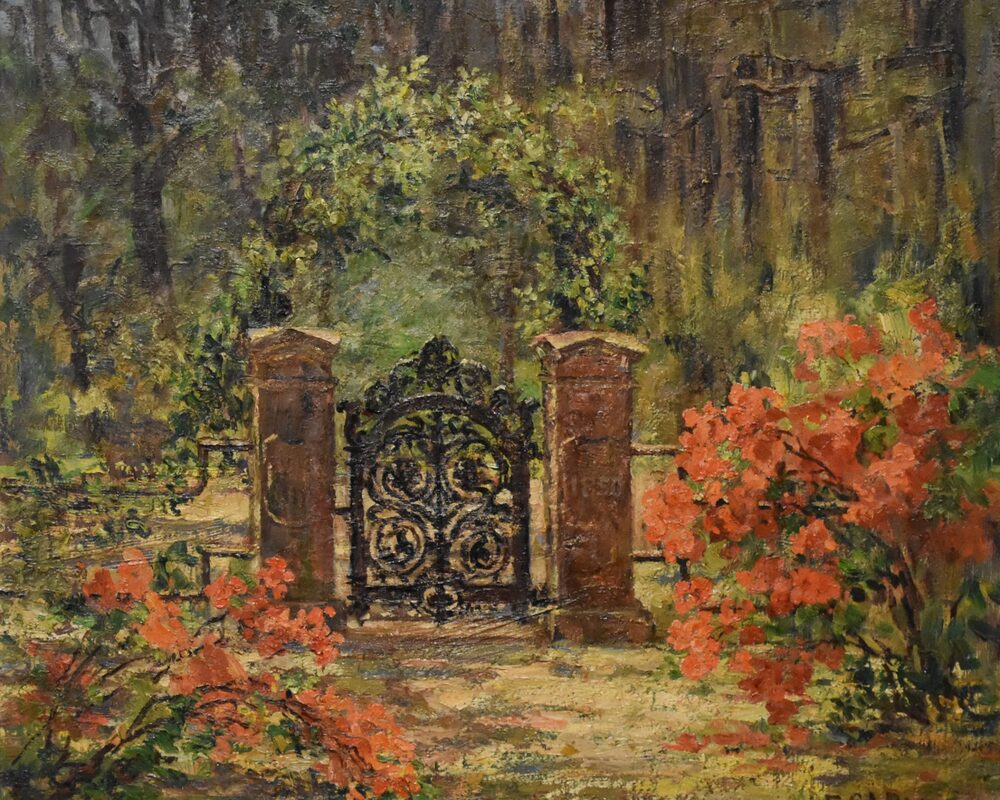Many spiritual and cultural traditions across the world honor the darkening days of fall as a time when the veil between the worlds is thin and we may commune with our ancestors. Neo-Pagans celebrate the cross-quarter day of Samhain, a holiday occurring halfway between the Fall Equinox and the Winter Solstice that falls around our modern Halloween. The Mexican tradition of Dia de los Muertos, or Day of the Dead, has become so mainstream that it spawned a high-grossing Disney cartoon, 2017’s Coco, depicting the practice of ancestor veneration. In Northern latitudes, the fall has historically represented the dying of the old year, which is reborn at the Winter Solstice, when the Sun appears to stand still before reversing its trajectory in the sky. This period of inner and outer darkness, when the implements of agriculture are laid to rest and the bitter weather forces us indoors, is highly conducive to the internal work of communicating with our beloved dead.
And yet in the United States, ancestor work is not a particularly popular practice. The chest-thumping rhetoric of a “nation of immigrants” has contributed to the idea that we should leave our ancestors behind once we set foot in America. Americans are defined by our potential to be “self-made,” which means that we should not be limited by the class status of our forefathers, or so the ideology goes...
Subscribe to the New PRS Journal to read on...
And yet in the United States, ancestor work is not a particularly popular practice. The chest-thumping rhetoric of a “nation of immigrants” has contributed to the idea that we should leave our ancestors behind once we set foot in America. Americans are defined by our potential to be “self-made,” which means that we should not be limited by the class status of our forefathers, or so the ideology goes...
Subscribe to the New PRS Journal to read on...
Nothing comes from nothing. Manly Hall’s vision for the All-Seeing Eye was entirely supported by contributions from its readers who paid for their subscription with gifts made according to their means. Manly Hall wrote,
“This magazine is published and distributed privately to those who make possible with their financial support its publication. The magazine cannot be bought and has no fixed value. Like all of the ancient teachings which it seeks to promulgate, it has no comparative value, but the students must support it for its own intrinsic merit.”



